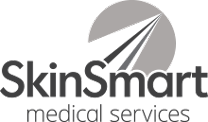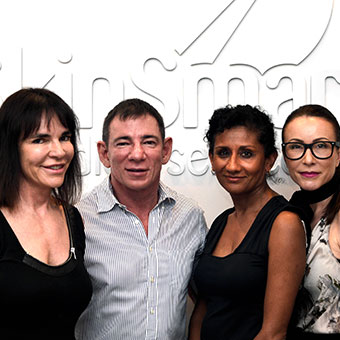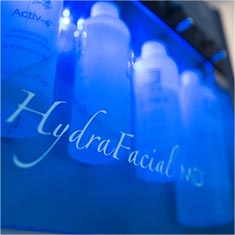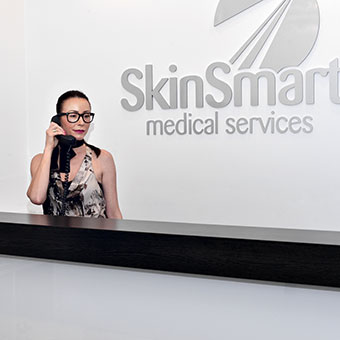Pigmented Lesion Treatment
Introduction
Unsightly pigmented lesions on the face, hands, arms and legs can be easily and safely treated with the Q-Switched Ruby Laser. Years of sun exposure and the ageing process result in the formation of unattractive brown marks on the exposed areas of the face, neck and limbs.
These lesions are now easy to treat and can be completely removed in 1 – 2 treatments using the latest in laser technology.
Description
The Q – switched Ruby laser emits very short pulses of energy at a wavelength that is selectively absorbed by melanin but not by haemoglobin. These short, high energy pulses shatter the tiny pigment granules ( melanosomes ) into even smaller fragments which are then sloughed off the surface of the skin. This means that there is minimum collateral damage to other structures in the skin shortening healing time and reducing any risks from the procedure.
Benefits and Application
Unsightly pigmented lesions on the exposed areas of the face and limbs are very common in Australia due to our sunny climate and outdoor lifestyle and become increasingly more prevalent as we age. These can be very ageing and quite disfiguring and effect some people’s self esteem. While they can sometimes be covered with makeup they can now be simply removed using current laser technology.
Preparation
It is important that the patient has not had any sun exposure on the areas to be treated for at least 4 weeks prior to the procedure.
It is advisable to take an antihistamine on the morning of the procedure to lessen any reaction to the laser.
No makeup must be worn over the areas to be treated as this attenuates the laser pulses.
The Procedure
Protective goggles must be worn during the procedure to protect the eyes. Each lesion is then individually treated until its full area has been exposed to the laser. A sharp cracking sensation is heard with each laser pulse but the discomfort is minimal.
Aftercare
The treated lesions swell and become itchy immediately after the procedure and this may take several hours to subside. It is advisable to take an antihistamine on the morning of the procedure to limit this reaction.
The treated lesions will then appear a little darker than they were before the treatment and will continue to slowly darken over the subsequent days resembling small flat scabs. These will then fall off after about 7 days on the face and 10 – 14 days on other areas of the body the legs being the slowest. The new skin at the site of the treated lesions may be pinkish and slightly pale initially but this should resolve quickly over a few weeks with the area returning to the normal colour of the patient’s skin.
It is very important to wear sunscreen on the treated areas following the procedure to prevent recurrence of the lesions.
Downtime
Some swelling and itching may be experienced immediately after the procedure but this quickly resolves after a few hours. The treated lesions will then darken up and fall off after a period of time; usually 5 – 7 days on the face, 10 – 14 days on the neck, chest, hands and arms, and 14 days on the legs.
The treated areas can be covered with make up if necessary once the weeping has settled.
Risks
Some bruising may occur on fine skin such as the lower eyelids but usually resolves quickly. Slight paleness at the treatment sites may be noticeable in darker skins but usually resolves over a few months.
Discomfort and Costs
The procedure is associated with mild discomfort during the procedure and some itching immediately following the procedure.
Costs range from $290 – $490 per treatment depending on the number of lesions treated and the site on the body.



